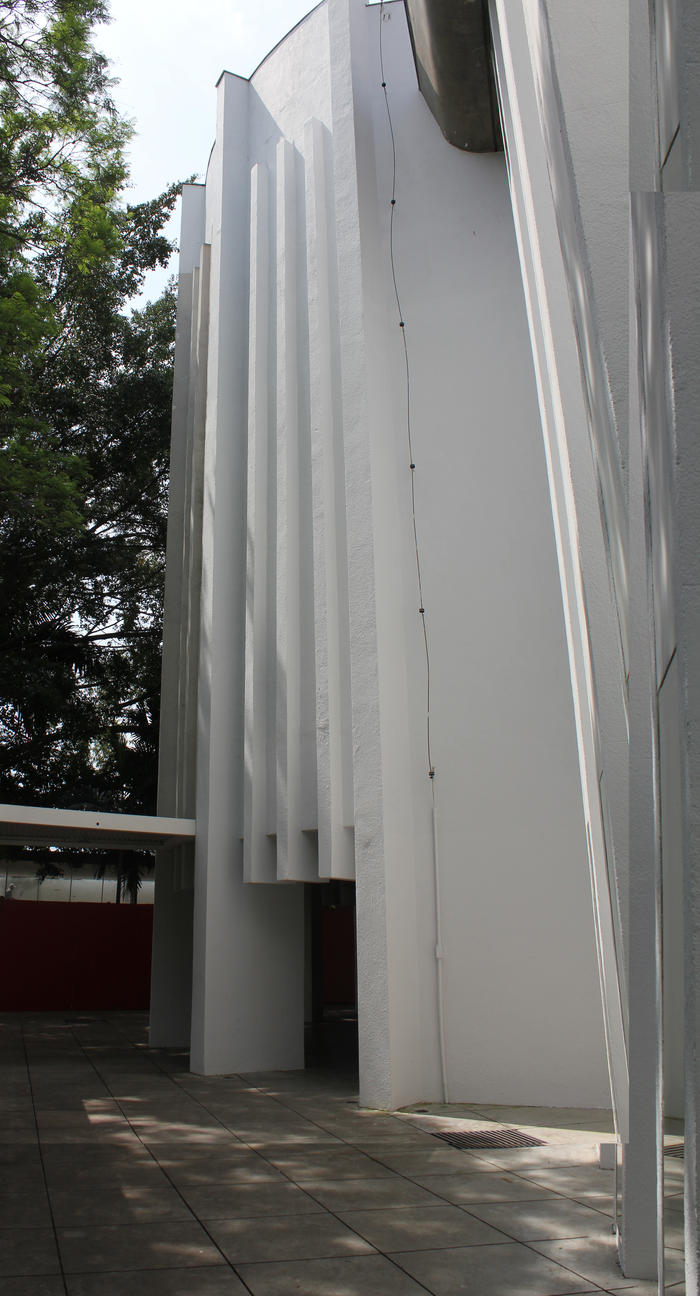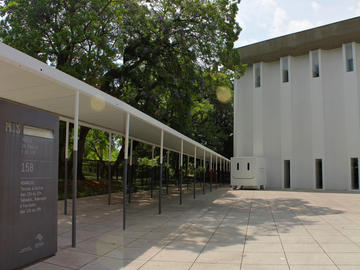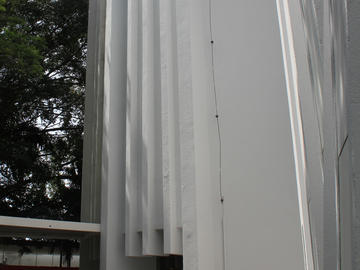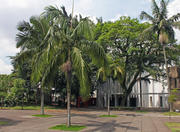Imagem e do Som Museum Picture 2

More information on São Paulo Museum of Image and Sound Photo by: Rosa Menkman
São Paulo Museum of Image and Sound
The Museum of Image and Sound of Rio de Janeiro (RJ-MIS) was inaugurated on September 3, 1965, as part of the fourth centenary celebrations of the city of Rio de Janeiro.
MIS has launched a gender pioneer museum audiovisual, which would be followed by other Brazilian cities. Besides having been qualified in a documentation center for music and image, was also a leading cultural center in the 60s and 70s of the twentieth century, meeting place and launching new ideas and behaviors.
In addition to preserving important collections that meet the interests of a broad and diverse audience researcher, the building of Praça XV, overthrown in 1989, is itself one of the most beautiful pieces of his collection, is a fine example of rare historical pavilions built to house the Centennial Exhibition of the Independence of Brazil, held in 1922.
In 1990, the building underwent a major restoration that returned her original splendor of the eclectic style, disfigured by interventions over the years changed its facade. Beyond this building Praça XV, MIS began to occupy the same year, another building located in the Lapa district, a traditional bastion of bohemia Rio, which houses several bars, nightclubs and cultural entities responsible for the transformation of urban space in one of the largest sites of cultural effervescence of the city. This seat is currently occupied by administrative sectors of MIS and holds part of the collection available for research.
Some collections of this collection were acquired at his inauguration as the photographers and Guilherme Santos Augusto Malta, you are driven to the broadcaster Henry Dominguez, Admiral, the record collection of rare folk music researcher Lucio Rangel and lithographs by Maurice Rugendas . Other collections were built over time, as the National Radio (1972), with the memory of the golden age of radio in Brazil, the Jacob's Mandolin (1974), an important private collection of crying over the memory, that of Elizeth Cardoso (1979); of Abel Ferreira (1980), the Nara Leão (1990), the journalist Sérgio Cabral (2007), and the singer's Zezé Gonzaga (2008), among many that, taken together, form a audiovisual collections of the most expressive and diverse urban culture of Brazil.
Besides the custody and preservation of collections, MIS produces its own collection through the collection of testimonials to Posterity, a project conceived in 1966 as a way to legitimize the action in the cultural milieu of the Museum of Rio de Janeiro. The first testimony was given by John of Bahia, on 24 August 1966, followed by Pixinguinha, Heitor dos Prazeres, Admiral, Donga, Chico Buarque, Tom Jobim and dozens of others. Currently, the Museum has a collection of more than 900 interviews with approximately four thousand hours of footage covering the various segments of culture.
Throughout its history, the Museum of Image and Sound of Rio de Janeiro has been doing exhibitions, meetings, film sessions, courses, seminars, lectures and, more recently, an educational video program that serves students from public, senior citizens and NGOs working with poor children.
The MIS is not restricted to the custody of the remaining objects from the past, but is up with the present and looking towards the future. Records and preserves the memory, using technologies available in each season.
http://www.mis.rj.gov.br/museu_hist.asp
More Photos of Imagem e do Som Museum Picture 2





